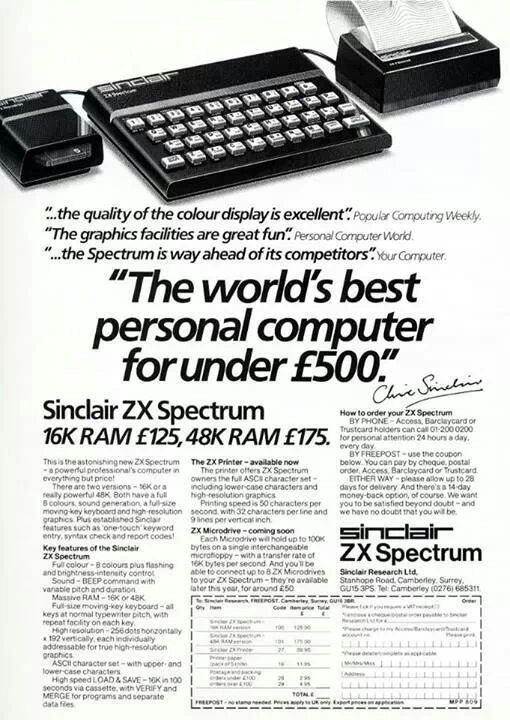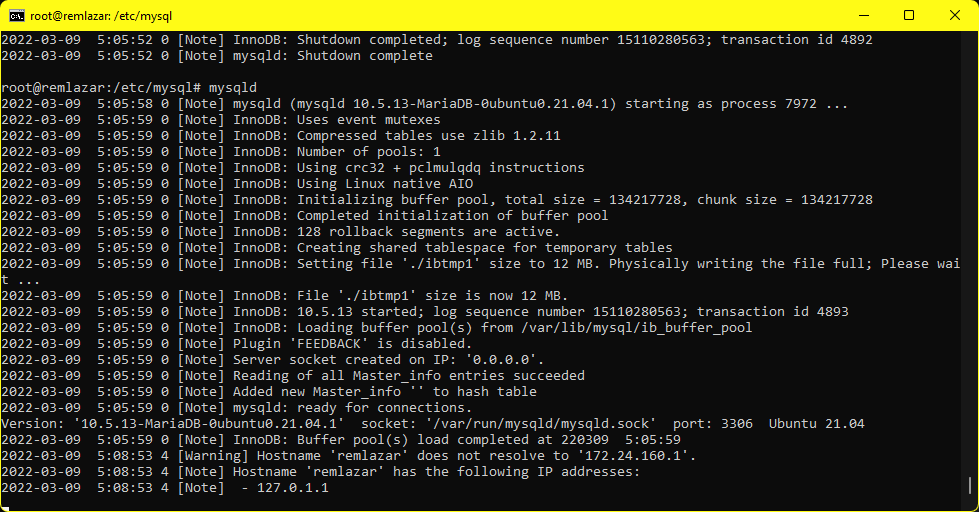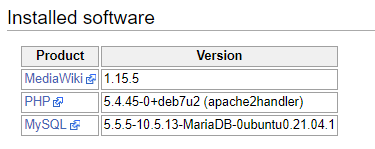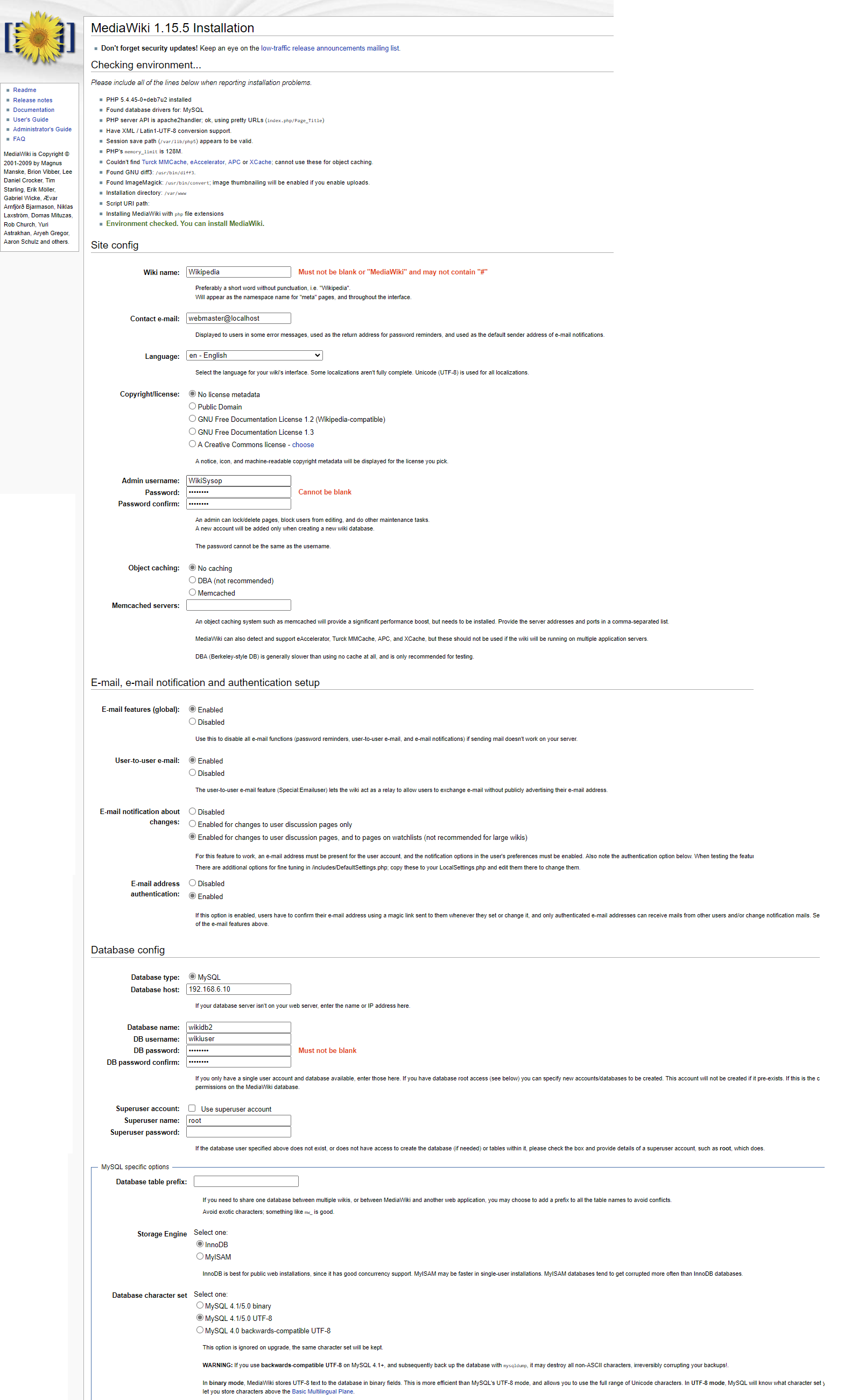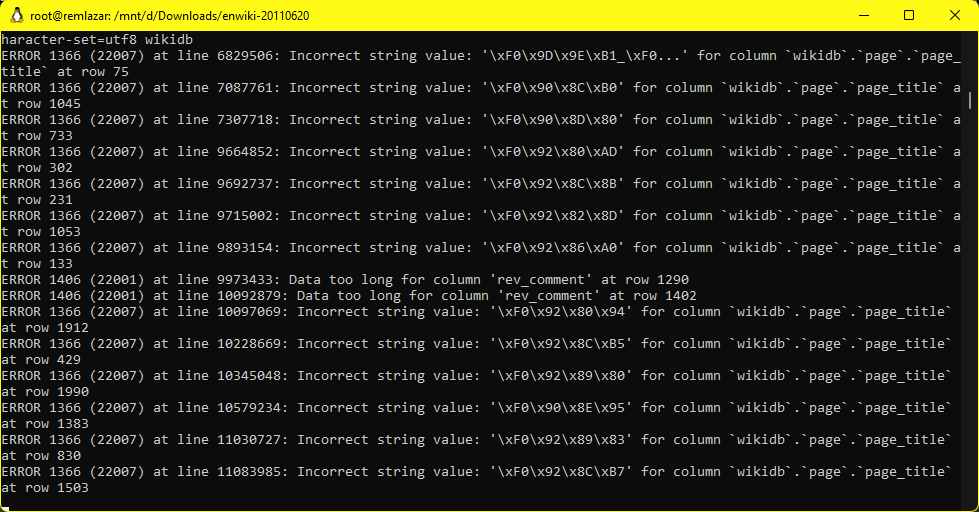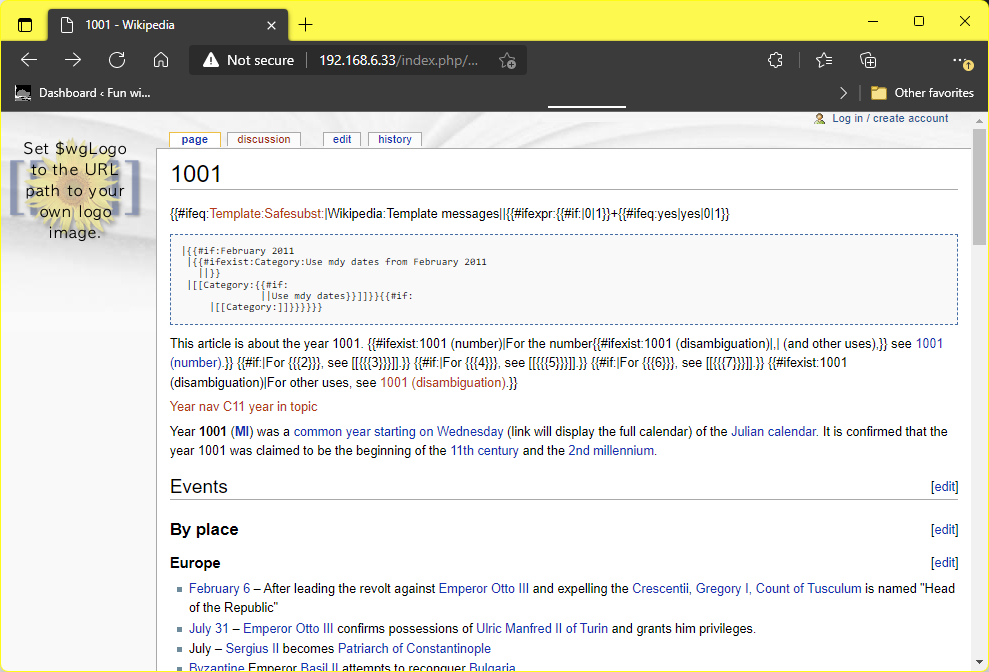Even when Im trying to live under my rock, I still am somehow flooded with news that there was a slap fight.

No not this Will Smith Chris Rock thing, I’m talking of course about Clive Sinclair slapping Chris Curry at the Baron of Beef pub in Cambridge.

Where’s the beef?
As the legend goes, Curry worked under Clive, but he ran into Herman Hauser who had encouraged Curry to go his own way and make that computer of his dreams. Incised about this Clive was able to put together and rush out the Z80 before Acorn had anything ready to ship
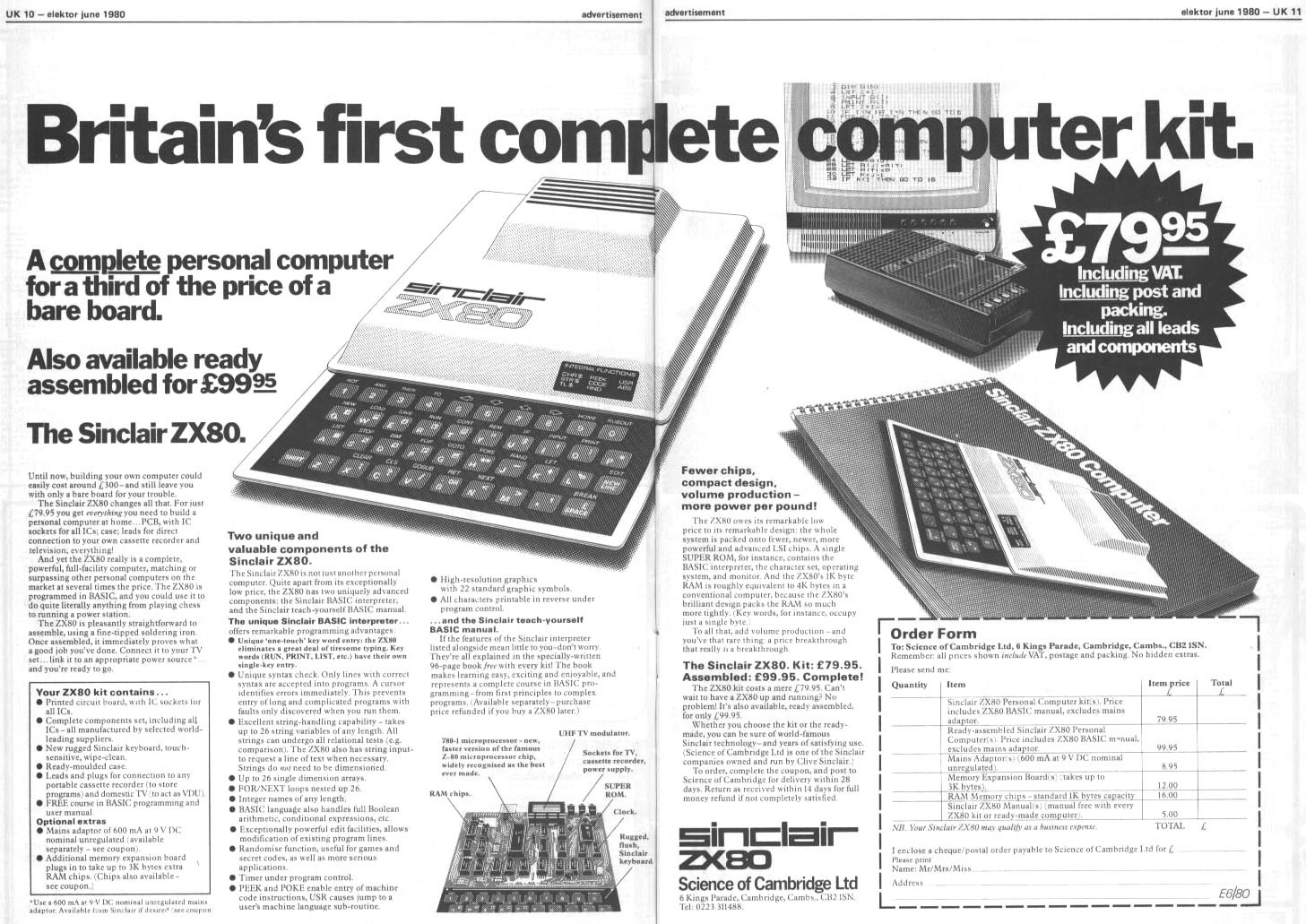
And more importantly it was CHEAP. You’d have thought that the zx80 would have found a larger world wide market but Commodore and Apple reigned supreme in North America.
Later that year Acorn would ship the Acorn Atom priced around £129 in kit, and £179 assembled it was a lot more expensive but granted it did have a lot more ‘computer’ in there.
In the following year Sinclair had released the ZX81, which although a larger price point also included a lot more, larger ram/rom better display and of course this was ready to ignite the coming war.
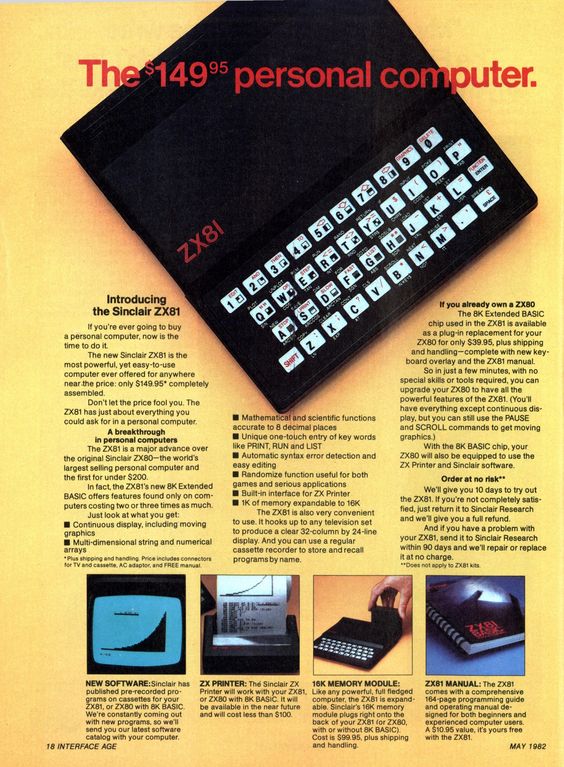
As the legend goes a TV show of all things, ‘The Might Micro, (2/3/4/5/6)’ had ignited such a storm in parliament that the Department of Industry & the BBC decided that they were going to produce programming to go along with a selected microcomputer. And that machine was the Newbury NewBrain… until it was obvious that this wasn’t going to be the machine of choice, and the selection was pushed back from the fall of 81 to the spring of 82. With the BBC being forced to open up selection to other UK computer manufacturers, both worked hard for a machine, however Curry swooped in with his new ‘BBC Micro’ (that had started working the day of the inspection) and won the contract.
1982 of course would give us the ZX Spectrum as Sinclair’s answer to what the people needed.
Oddly enough things in the long term didn’t work out for ether of them, as they both made so many missteps that they ended up ultimately shelving both of the units, with Acorn barely surviving, although their ARM processor does live on, mostly because it ended up free of any hardware platform to go along with it.
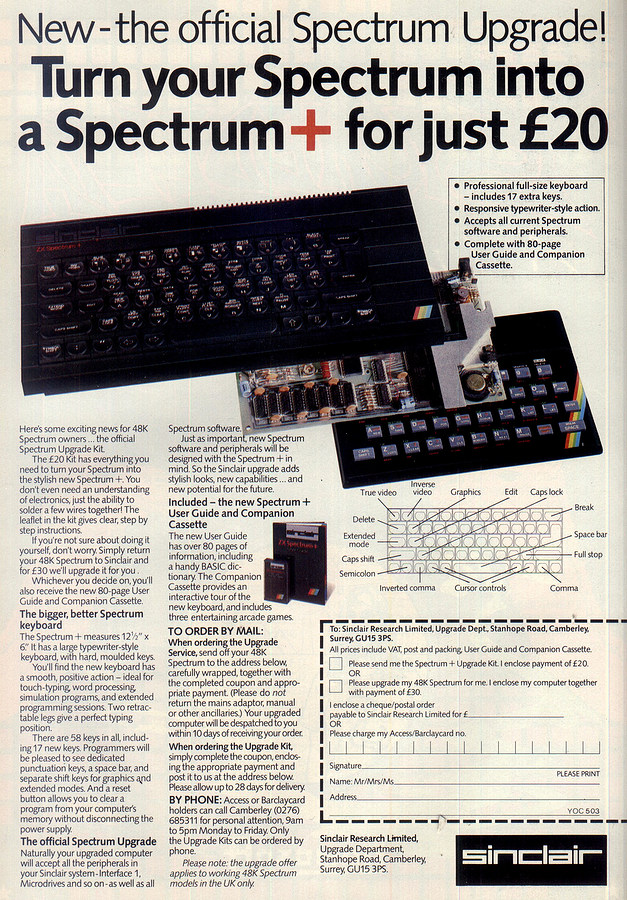
There was no ZX 83 model, instead there was of course the QL for 1984. And taking on the design of the QL the Sinclair + was launched. And despite the name, it was just a 48k with a reset button and nicer keyboard. Very NON plussed. The only upgrade to the ZX would have to come from spain in the form of the 128.
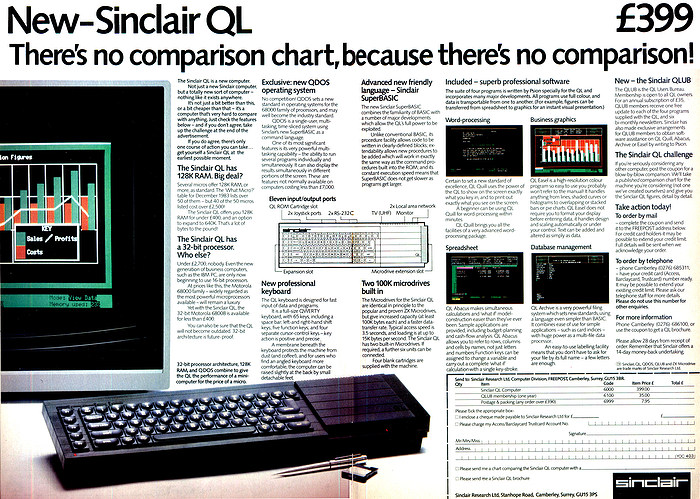
The QL was 100% incompatible with the ZX. Apparently doing something like the SEGA Megadrive, by including both a 68000 and z80 was just too out of the question. Instead it was so focused on price it made the machine not serious enough for the serious business market Clive had craved so much. No socket for a 68881, and the drives being so incredibly tiny, IBM had quickly followed up the PC with the XT which allowed for a hard disk, while the QL with a single slot in no way could fit a then 5 1/4″ full heigh disk.
Although many fault the QL for having relied on the 68008 processor remember even IBM was using the 8088, with the same 8bit constraints, it’s not that it was impossible, it’s that the sleek stylized deck of the QL was just far too ahead of itself, it’d be fine for today, just look at the Pi400! I’d prefer to have one with SD cards up front but I guess I need to learn how to 3d print and make my own.
Another fault of the QL was not having the space on the motherboard to go to the full 1MB of addressable RAM like the PC, and loading the OS from disk. Having the OS in ROM was such an 8bit holdover when loading it from tape would have been useless but the PC way of loading the OS from disk was the way to go, also it far easier facilitated updating. I know the ST & Amiga also went with OS in ROM thinking it saved money but in the long term all the wedge’s of the era just limited themselves.
The real slap: in the market

The real slap that was heard was the stagnation of both machines, and the decline of the UK computer makers. Acorn had apparently manufactured a tonne of Electron’s for Christmas but the order wasn’t actually put through because of some ‘pull back of a video game crash’ in Europe. I guess it’s the continuation of the video game crash in the USA, but as you can see the stockpile of machines to be blown out was just incredible.
And it was in 1984 that apparently Acorn had run an ad showing that Sinclair computers had a high defect rate, something that has always plagued Sinclair’s quest for low cost machines, Something that had been hand waved as a 1 year replacement policy with many teenagers abusing the machines, that led to the confrontation in the Baron of Beef along with the whooping Sinclair had unleashed on Curry. Although much of this has passed into more legend than fact, even Ruth Bramley didn’t recall anything about the event.
It’s an amazing flash in the pan, that has so many games, and so much early computer culture that was partitioned to a tiny island and for the most part in the rest of the world totally unknown. I hope to get a real Spectrum 128 one day, it sounds like a fascinating machine. Although they made a million? of them, they are quite expensive in any market place. I wonder sometimes if there is demand for a super cheap almost ‘disposable’ 8bit computer. Obviously it’d have be under £20.
Since all this UK micro computer stuff never really left the island it’s all new to me. And maybe many people outside of the UK, or surprisingly the iron curtain where zx spectrums were abundant.
footnote: I know people will say that there was some attempt at selling Sinclair Micros out of Texas with one OEM, but honestly I’ve never hear or seen of any such thing, it’s only recently as a curiosity on youtube. And they were incompatible anyways so whatever.
Also holy crap so an actor slapped another actor in a show where they backslap each other. Who cares?! Bring back Beavis and Butthead, and prime time boxing! People obviously have a thirst for this, why did the WWF’s kayfabe fade? the paywalls?


